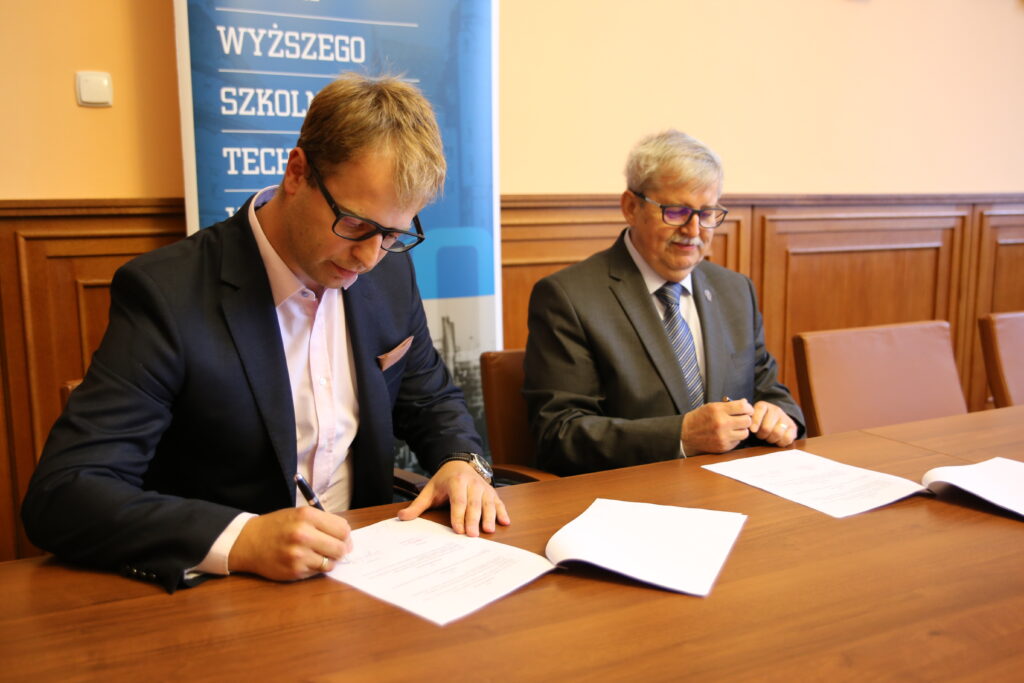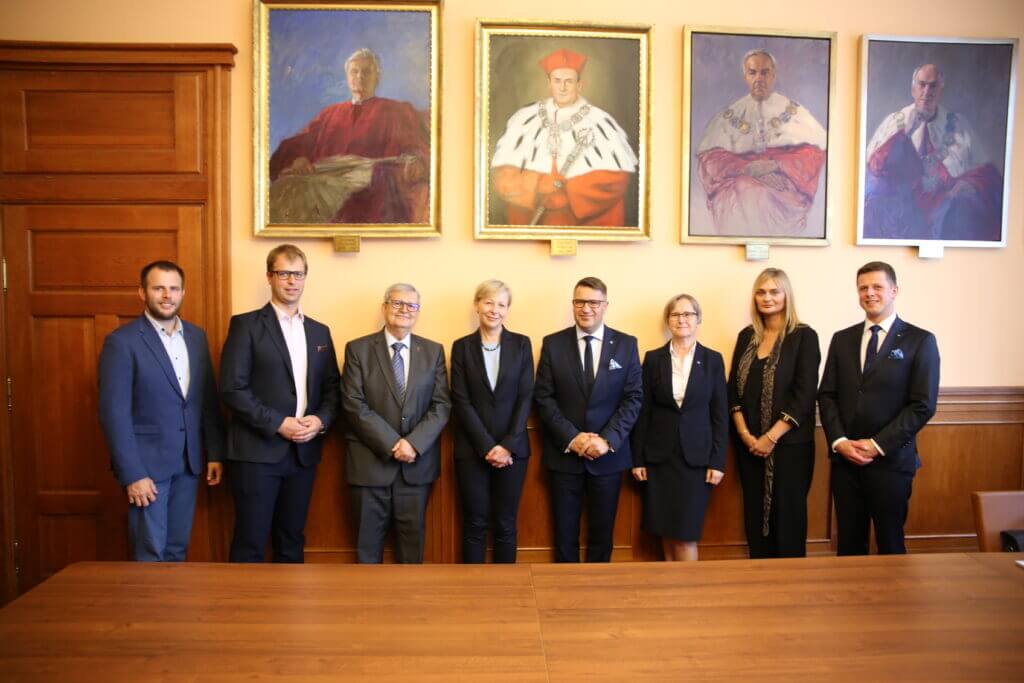5G and Rimedo Labs – how we fit in the current market
Introduction
For decades now, telecommunications solutions have been constantly changing the face of the Polish and global economy, as well as our everyday life. In the context of the next development leap towards the so-called industry 4.0, wireless telecommunications, and in particular, 5G will play an important role. On the 31st of August, 2020, the Poznan University of Technology granted RIMEDO sp. z o. o. (a start-up company) license to use the university’s know-how in the field of algorithms used in telecommunications networks.
A few words about the 5th Generation
According to forecasts by Ericsson Mobility Report[1], the number of mobile subscribers will increase to 8.9 billion in 2025. Mass communication of 24.6 billion Internet of Things (IoT) devices is also expected, and telecommunications traffic generated by mobile networks will reach almost 2 Zettabytes (2 trillion, i.e. 2×1021 bytes). Therefore, the determinants of 5G mobile radiocommunication systems are: mass connectivity (million devices per km2), ultra-high area capacity (1000x higher than in 4G, i.e. 10 Tb/s/km2), ultra-high-speed transmission (100x higher than in 4G, i.e. up to 10 Gb/s), ultra-high reliability (99.999% for transmitted packets), ultra-low latency (less than 5 ms), ultra-low power consumption (10 times lower than in 4G), ultra-fast implementation time for new services (90 minutes instead of 90 days)[2].
The provision of these selected Key Performance Indicators (KPIs) defines the main areas of 5G application, listed below with examples:
- Massive IoT device communication (massive Machine-Type Communication – mMTC) – IoT devices, although they generally do not require high transmission rates, require low energy consumption because they use low capacity batteries, e.g. a network of sensors (motion sensors, temperature sensors, etc.) transmitting individual packets during the day. At the same time, the number of these sensors can be very large. An example would be a network of different sensors in an intelligent building or locating devices for disabled people.
- Applications critical in terms of latency and reliability (Ultra-Reliable Low-Latency Communication – URLLC) – Remote control of various types of robots (in industry or medicine, sometimes taking place from a distant place) requires low transmission delay and at the same time high reliability due to the need for perfect mapping of the given robot movement, as well as quick response and adaptation to the current situation during its operation. Another typical example in the URLLC scenario is vehicle-to-vehicle communication (V2V or Vehicle-to-Anything communication – V2X) for road safety, warning against road incidents, organizing transport in safe convoys, assisting the driver in making correct decisions, etc. As part of V2V and V2X, it is also possible to establish communication with unmanned aerial vehicles (drones). These applications, due to the speed of movement of vehicles and drones and the safety that is crucial for them, require low latency and high reliability.
- High-speed Mobile Broadband (enhanced Mobile Broadband – eMBB) – The growing volume of transmitted data is largely due to multimedia transmission such as video on demand services (VoD), high-quality video streaming, music on demand, on-line games, video conferences, virtual, augmented and extended reality (VR, AR, XR) etc. Such services, which require very high transmission rates (and thus wide bandwidth) should be provided in all places (not only in urban areas) for a wide range of network users, which is the goal of 5G. An access to wider frequency band, apart from the traditional licensed access, is also possible thanks to the so-called dynamic spectrum access which bases on the dynamic use of temporarily available bands.
Industry 4.0 and ICT
These examples show that ensuring the assumed quality indicators for future 5G mass communication will become a driving force for the development of industry 4.0 and business as well as economic growth based on advanced information and communication technology (ICT). The business models also include private mobile networks, dedicated to individual entrepreneurs and even users with specific requirements such as the quality of communication, reliability, and security. Mass implementation of such networks will transform the entire telecommunications industry and market towards greater decentralization. You can read a dedicated post about those here.
It is worth adding that the current state of the 5G standardization is as follows: the 3GPP group published the first 5G specifications (standard) in 2018 (the so-called Release 15), completed in 2019, and supplemented in 2020 (the so-called Release 16). Currently, the 5G standard is evolving towards Rel-17, with new features such as NR-Light, enhanced V2X, Non-Terrestrial Networks, etc.
Rimedo Labs and the license from the Poznan University of Technology
RIMEDO sp. z o. o. (brand name – Rimedo Labs), established in June 2020, is a company co-founded by employees of the Poznan University of Technology to provide consulting and implementation services in the field of modern wireless solutions. The know-how constituting the subject of cooperation was developed by the team of the Institute of Radiocommunications in the course of many years of scientific activity conducted at the university and supported by numerous, mainly international projects with major business partners worldwide.

In order to provide services using the technology developed at the Poznan University of Technology, a license agreement was prepared, the solemn signing of which took place on the 31st of August, 2020. The contract was signed by prof. Tomasz Łodygowski, Rector of the Poznan University of Technology, and by dr Marcin Dryjanski, CEO of Rimedo Labs. In the ceremonial conclusion of the contract, prof. Hanna Bogucka, Pawel Kryszkiewicz, and Witold Klimas from Rimedo Labs also took part, while prof. Teofil Jesionowski, Rector of the Poznan University of Technology in the 2020-2024 term, prof. Joanna Jozefowska, Vice-Rector for Science (in the 2016-2020 term), and Paulina Szewczyk, Director of the Technology Transfer Office represented the university.

The granted license to use the know-how will allow the company to provide the best quality innovative R&D services. Therefore, it opens the possibility of introducing 5G technology solutions developed at the Institute of Radiocommunication to the market.
Rimedo Labs activity areas and future plans
In addition to the industrial and implementation projects using a licensed know-how solution in the field of effective allocation of resources in wireless networks, Rimedo Labs also provides consulting and expert services in the field of modern wireless communication (see details about our services here). The company’s clients and partners are and can be both domestic and foreign entities with various profiles.
The activities in the company’s portfolio are implemented taking into account five key principles: focusing on the team as a source of knowledge and competencies; promoting openness and transparency both inside the company and in contact with the client; emphasis on the quality of solutions offered to the client; sharing knowledge as the foundation of the development of both the company and the economy and society in general; as well as reliability. You can read more about us here.
In their further plans, the Rimedo Labs founders plan to focus on developing a product that uses know-how for applications in virtualized base stations.
References
[1] The Ericsson Mobility Report, June 2020, https://www.ericsson.com/49da93/assets/local/mobility-report/documents/2020/june2020-ericsson-mobility-report.pdf
[2] EU 5G Infrastructure Public Private Partnership Association, “5G Vision: the next generation of communication networks and services”, 2015 https://5g-ppp.eu/wp-content/uploads/2015/02/5G-Vision-Brochure-v1.pdf
Author Bio
Adrian Kliks received his postdoctoral degree in telecommunications in February 2019. He took part in numerous international research projects: URANUS, NEWCOM ++, ACROPOLIS, COGEU, NEWCOM #, COHERENT, in COST IC0902 and COST-Terra (IC 0905), and managed numerous industrial and commissioned projects. An IEEE Senior Member since 2013, a member of the IEEE Broadcasting Society, IEEE Communication Society, and IEEE Standard Association. Adrian, participated in the years 2012-2017 in the work of the IEEE P1900.x standardization group, as a member with voting rights. Member of the groups: Radio Communications Committee and Research Group on Software Defined and Virtualized Wireless Access. In the years 2014-2016, he was the Membership Development / Web Visibility Chair in the IEEE for the EMEA area. From 2019 – editor-in-chief of the Journal of Telecommunications and Information Technology of the Institute of Communications, editor-in-chief of EAI Endorsed Transactions on Wireless Spectrum. Currently, he serves as a Board Member at Rimedo Labs.
